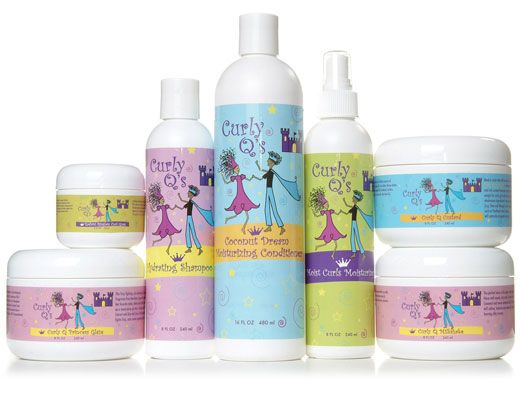Ok so before we go on into Hair Care Regimens I think its best if we go over relaxers and texturizers..
Now I got my 1st relaxer when I was 12 and I have relaxed my hair every 3 months for 15 years.. Until this last year. I have been Natural for a year and a month,..
So what is a relaxer? a hair relaxer is a lotion or cream that makes the hair easier to straighten and manage. It reduces the curl by breaking down the hair strand and chemically altering the texture. Hair Relaxers are available in many types:
Lye relaxers and
No-Lye relaxers seem to be the most used. Lye relaxers are known to work quickly on the hair, but as a result they might also rinse out of your hair easily. Their main ingredient is sodium hydroxide, and they are also known as “alkali” relaxers. No-lye, on the other hand, is mostly made of calcium hydroxide, which can dry out the hair. However, no-lye is better for people with sensitive scalps. When using no-lye, it is imperative that you use a “de-calcifying” shampoo to prevent calcium buildup. Bad? hair relaxers might cause breakage, hair thinning, and stunt your hair growth. And can Also cause scalp irritation, scalp damage or hair loss.
There is also Thio Relaxers
Thio relaxers
Thio relaxers use ATG, or ammonium thioglycolate, which is also used in permanent waving, but at a much higher pH and concentration than used in permanent waves. It is usually higher than a pH of 10. These relaxers are also thicker with a higher viscosity, or thickness, which makes for an easier relaxer application. Thio relaxers break the disulfide bonds in hair, similar to the permanent waving process. When enough of the disulfide bonds in the hair are broken, the relaxer is rinsed from the hair and the hair is towel dried. After towel drying, a neutralizer of some sort is applied to the hair.
How does it work?
The relaxer cream breaks down the chemical bonds of the hair shaft, disrupting the elliptical shape and reconstructing the bonds in a different way. Though hair follicles themselves are not damaged, the hair can become very brittle and break off.
Once your hair is relaxed there is no going back...unless you Chop it off or let it grow out...
my best advice do not relax!!!!!!
















